
The 6.1-inch iPhone 15 and 6.7-inch iPhone 15 Plus can be summed up very easily: recycled parts. Apple's newest non-pro iPhones are made with more environmentally friendly materials and have key features that were first introduced on last year's iPhone 14 Pro and 14 Pro Max.
From a "pro" iPhone perspective, even with features taken from the iPhone 14 Pros, such as the Dynamic Island, a 48-megapixel main camera, and the A16 Bionic chip, the iPhone 15 and 15 Plus aren't quite “pro.”
The new colors are not as vibrant as on past non-pro iPhones and the aluminum is not as premium as titanium on the iPhone 15 Pro and 15 Pro Max. There's no 120Hz "ProMotion"; no always-on display; there's no optical zoom. There's also no customizable Action button.
The iPhone 15 and 15 Plus do have USB-C — but the data transfer speed is limited to USB 2 compared to the faster USB 3 on the iPhone 15 Pros.
The difference in features would suggest the iPhone 15 (starting at $799) and 15 Plus (starting at $899) are just watered-down iPhone 14 Pros. And to a certain degree, they kind of are. But it doesn't matter because the iPhone 15 and 15 Plus aren't for the diehard Apple fan or early technology adopter. They're for the person upgrading from an aging iPhone; the Android user who is ready to be a blue bubble; the kid who got mom or dad's hand-me-down phone.
For them and so many more, the iPhone 15 and 15 Plus are a simple proposition: they are reliable through and through, and that’s more than enough.
iPhone 15 and 15 Plus
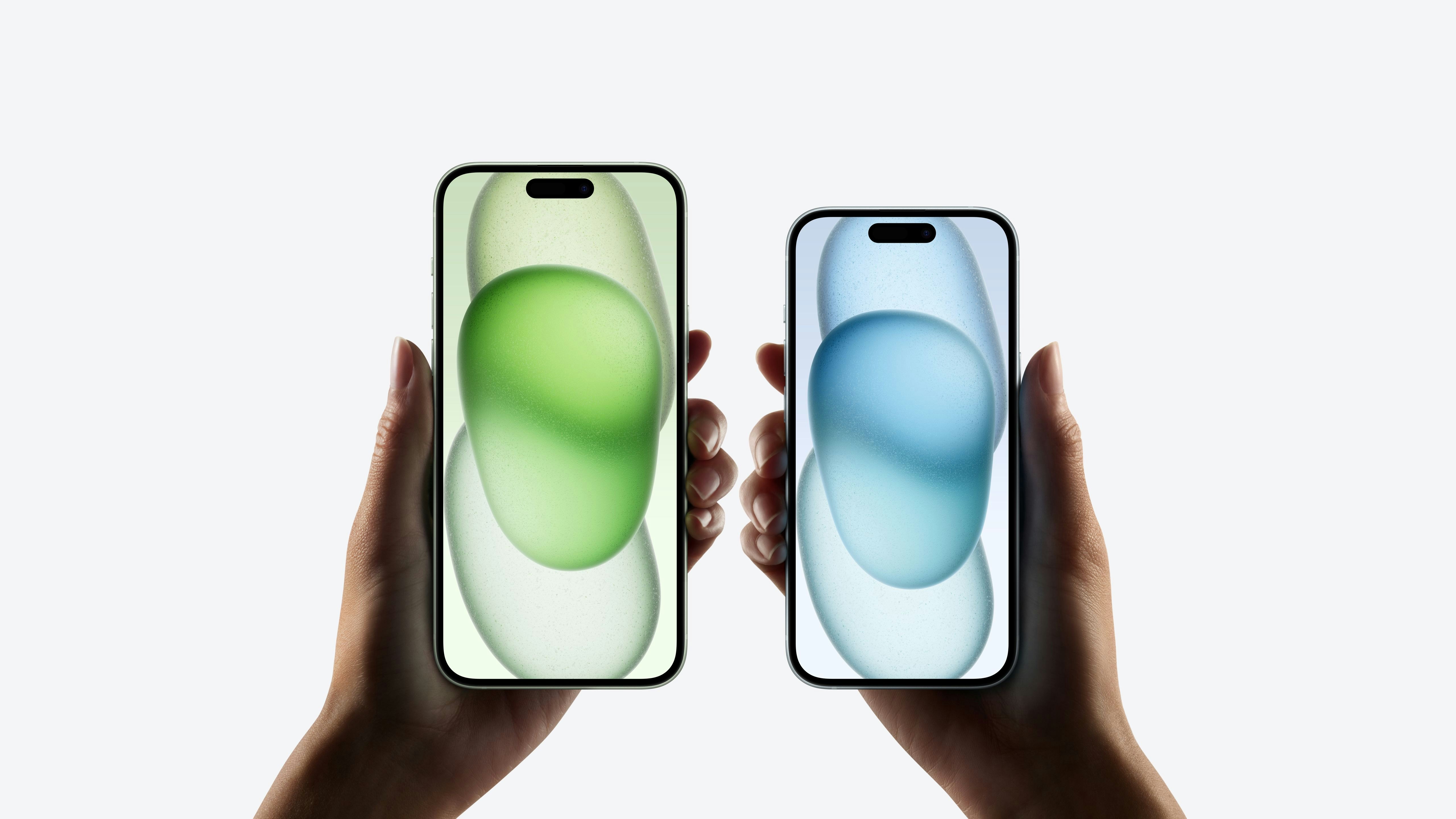
All The Little Things
Four things immediately differentiate the iPhone 15 and 15 Plus from their predecessors. There's the morphing Dynamic Island on the top of the screen, the contoured edges on both the front and back, and the USB-C port.
The Dynamic Island replaces the notch's last appearance on the iPhone 14 and 14 Plus. Apple introduced the Dynamic Island on the iPhone 14 Pros as a new way to see app alerts and activity progress. Its ability to expand and contract allows users to get glanceable information and controls without having to reopen an app. The problem has been app support; developers have been really slow to build for it.
Enter the Dynamic Island on the iPhone 15 and 15 Plus. Its sole purpose on the iPhone 15 and 15 Plus is to expand the feature to more devices and hopefully nudge developers to add features for it. I'm fully supportive of this move. The sooner there are more iPhones with Dynamic Islands, the faster it can become the next-gen multitasker and shortcut interface it deserves to be.
That being said, I still think Apple can improve how Dynamic Island works. Currently, tapping the Dynamic Island returns you to an app running in the background and long-pressing shows expanded shortcut controls. I think this should be the other way around. After a year of using the iPhone 14 Pro, I've found myself wanting to access quick controls more than returning to an app.
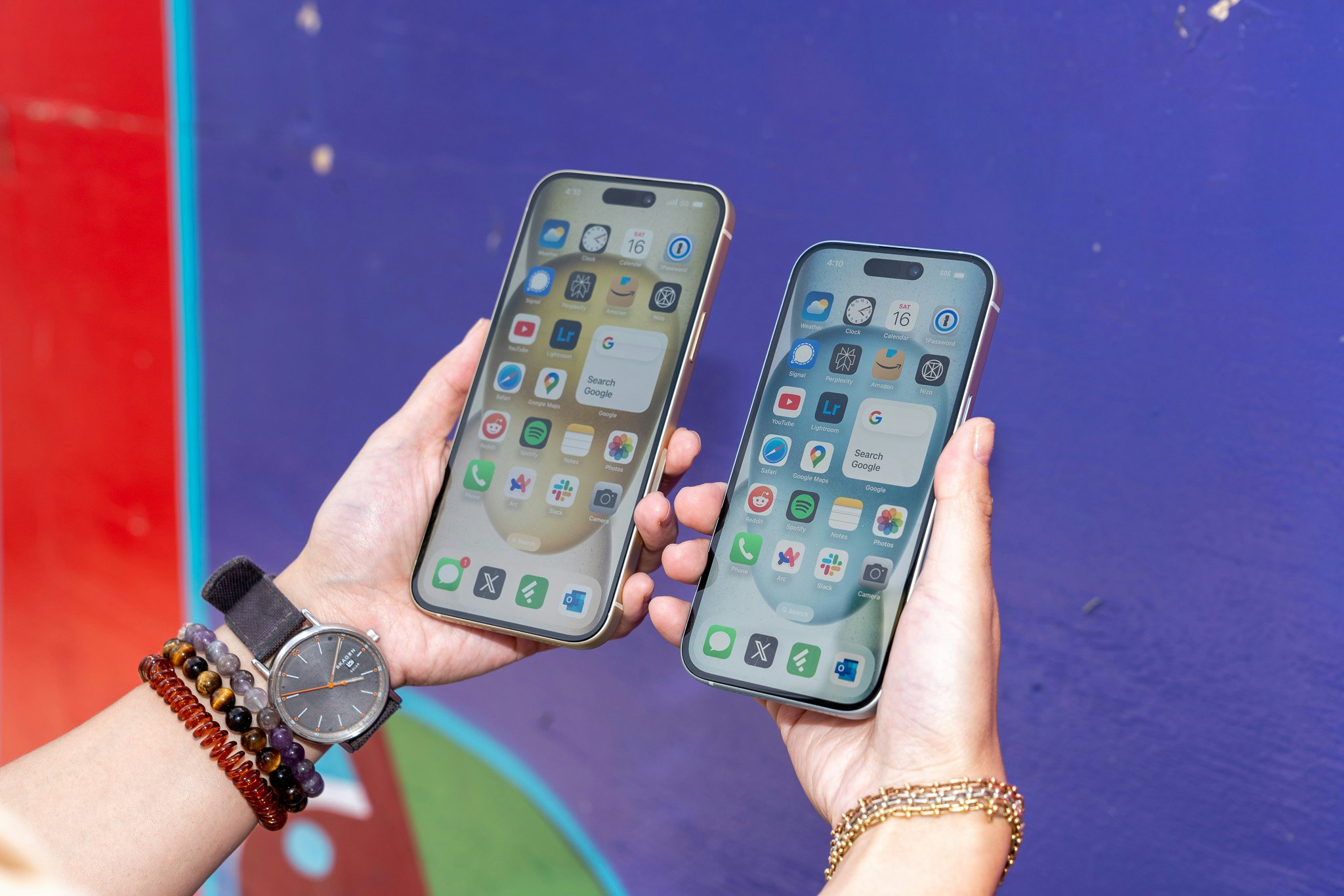
On the topic of the display, Apple has almost doubled the peak outdoor brightness. It's now 2,000 nits, which is as bright as the iPhone 14 Pros and 15 Pros. The iPhone 14 and 14 Plus could only reach 1,200 nits of peak outdoor brightness. It's a very small tweak, but if you ever find yourself at the beach or on top of a mountain, you'll appreciate the extra brightness. I always do.
The contoured edges on the iPhone 15 and 15 Plus are also delightful. Compared to the flush screen and glass back on the iPhone 12, 13, and 14 series, the iPhone 15 series all have edges that gently curve into their metal frames. As I said in my iPhone 15 Pro and 15 Pro Max review, the contoured edges make for a really great in-hand feel, digging less into your palms. The sad reality is most people will never appreciate it because they'll slap a case on and never feel their phones again.
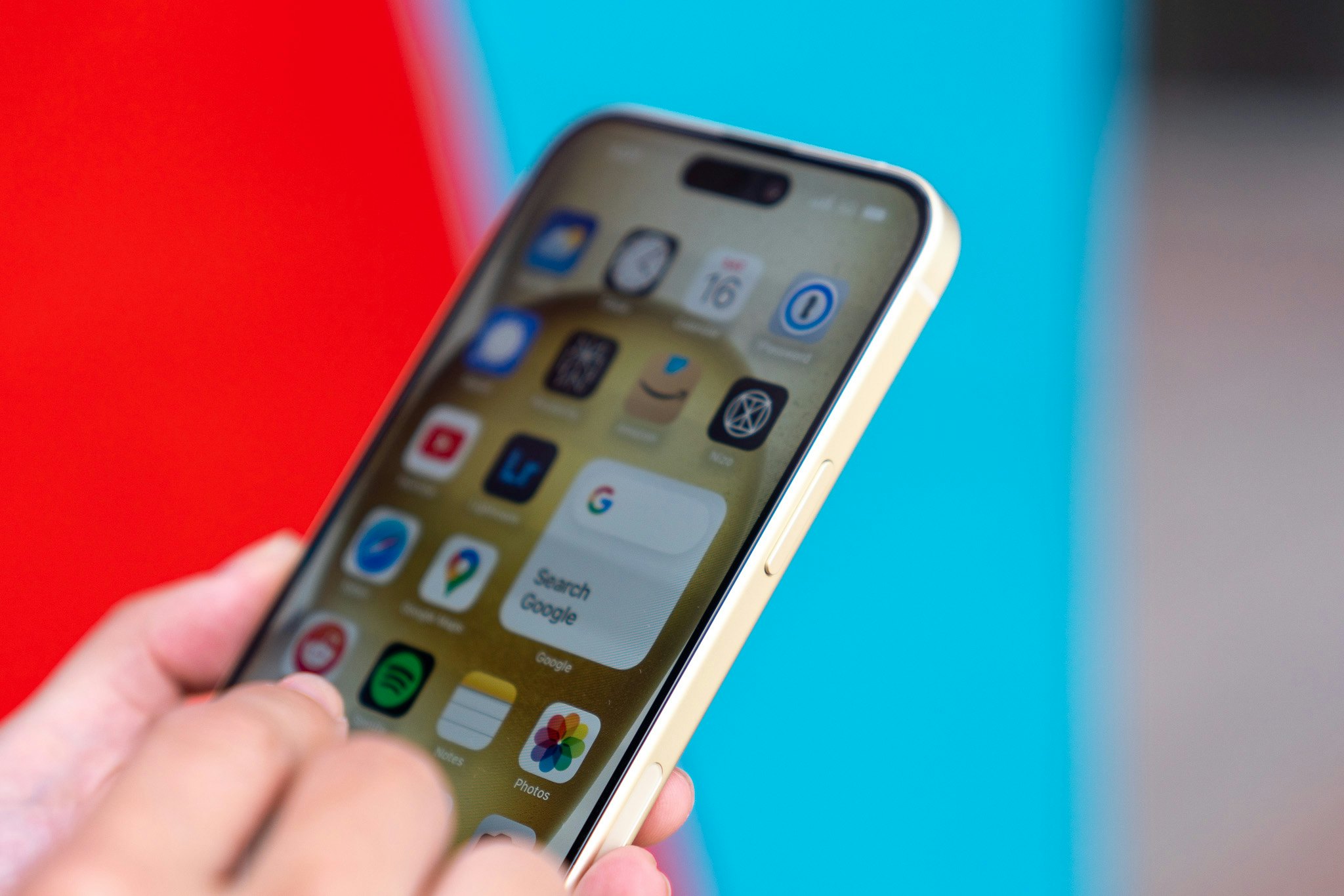
And then there's the USB-C port. It works and it can be used to charge other devices like AirPods or an Apple Watch at 4.5W! Just like the iPhone 15 Pro and 15 Pro Max, Apple includes a braided USB-C-to-USB-C cable in the box. I can't say enough good things about the quality of the USB-C cable.
Not so good is the data transfer speeds of the USB-C port. Compared to the 10Gbps USB 3 data speeds in the iPhone 15 Pros, the USB-C port in the iPhone 15 and 15 Plus are limited to USB 2 (480 Mbps). For most people, USB 2, which is the same speed as Lightning, is fine. It's fast enough for charging and serviceable for transferring a small amount of files to a computer over a USB-C cable. It's not like you're going to be transferring large ProRAW photos or ProRes video since the iPhone 15 and 15 Plus can't shoot in either pro format (only iPhone Pros can). Still, transferring multiple files (especially video) at 480 Mbps over to a Mac or PC is like watching paint dry; it's sooo slow.
The Camera Is More Than Meets Eye
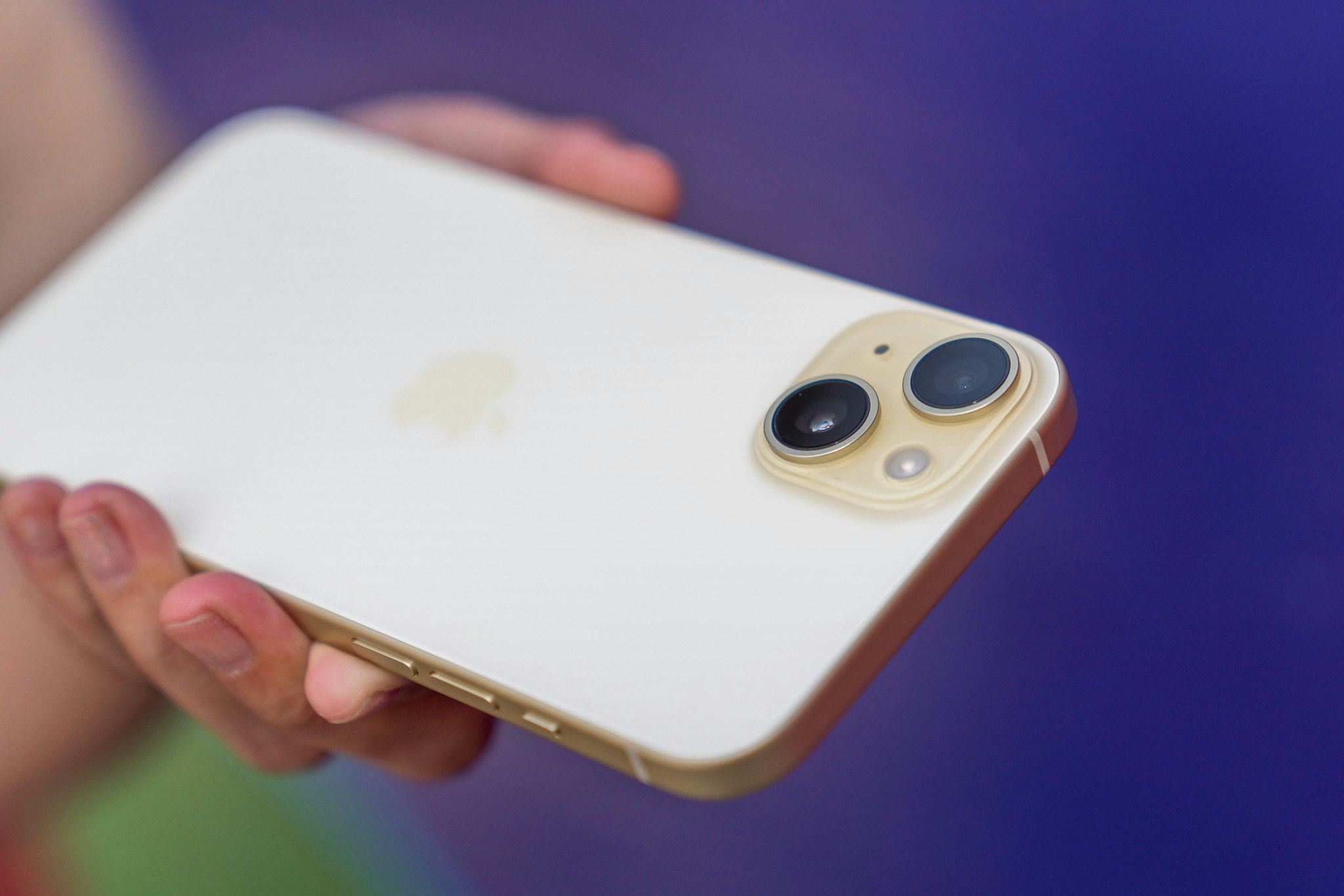
There are a bunch of new features in the iPhone 15 and 15 Plus camera systems, but the most important one is the new 48-megapixel main camera. Its larger sensor and high resolution allow for several features that weren't possible on the iPhone 14 and 14 Plus.
First, photos are twice as sharp. Like the iPhone 15 Pros, the iPhone 15 and 15 Plus take 24-megapixel photos by default. Not only do images have twice the resolution of the 12-megapixel photos from the iPhone 14 series, but improvements to the Smart HDR 5 processing in the A16 Bionic chip mean there's also greater dynamic range. Photos have a warmer, but more lifelike tone to them, especially in low-light situations. I really dig the increases to highlights, contrast, and shadow details — photos from the iPhone 15 and 15 Plus look less flat.




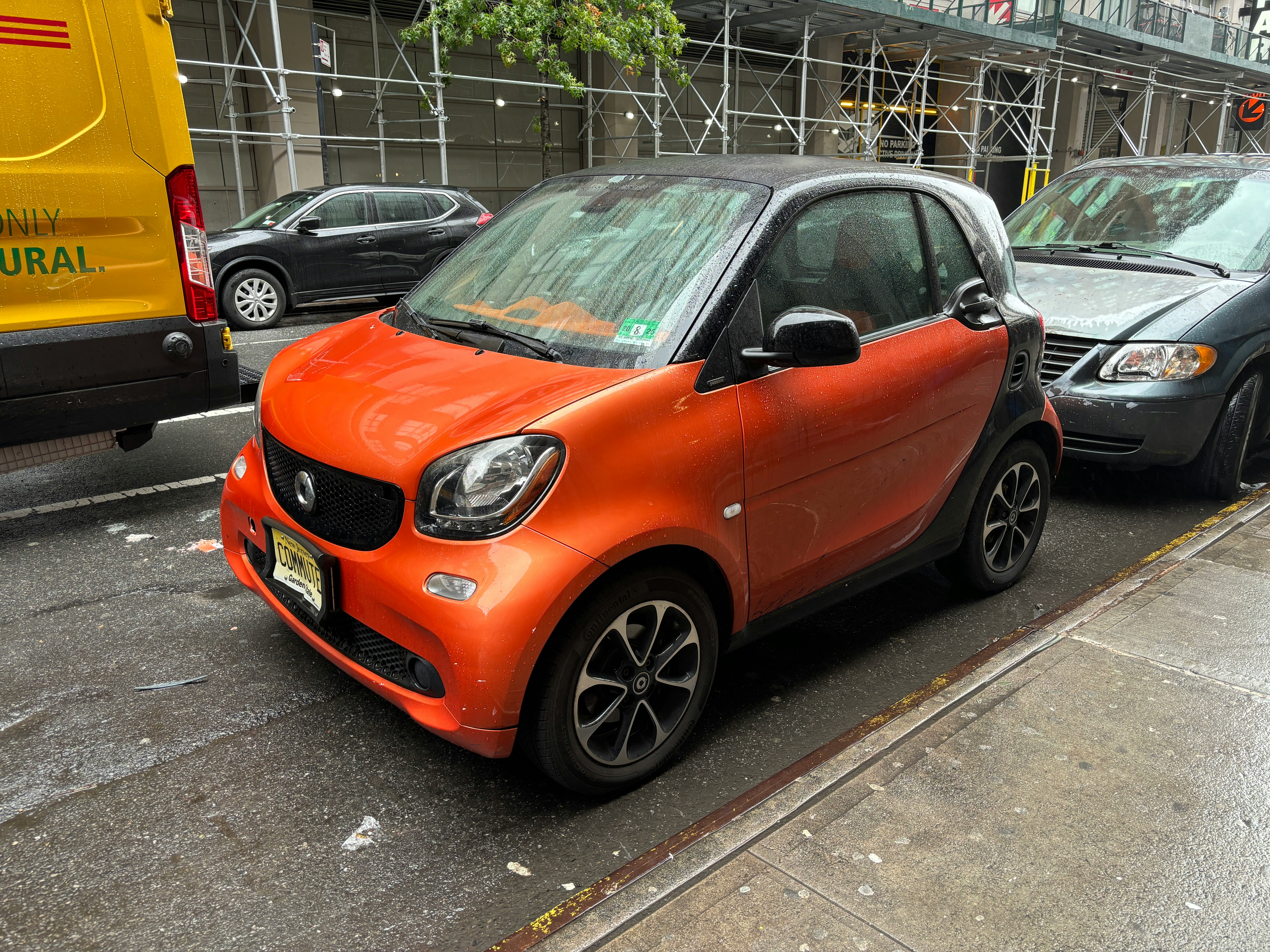
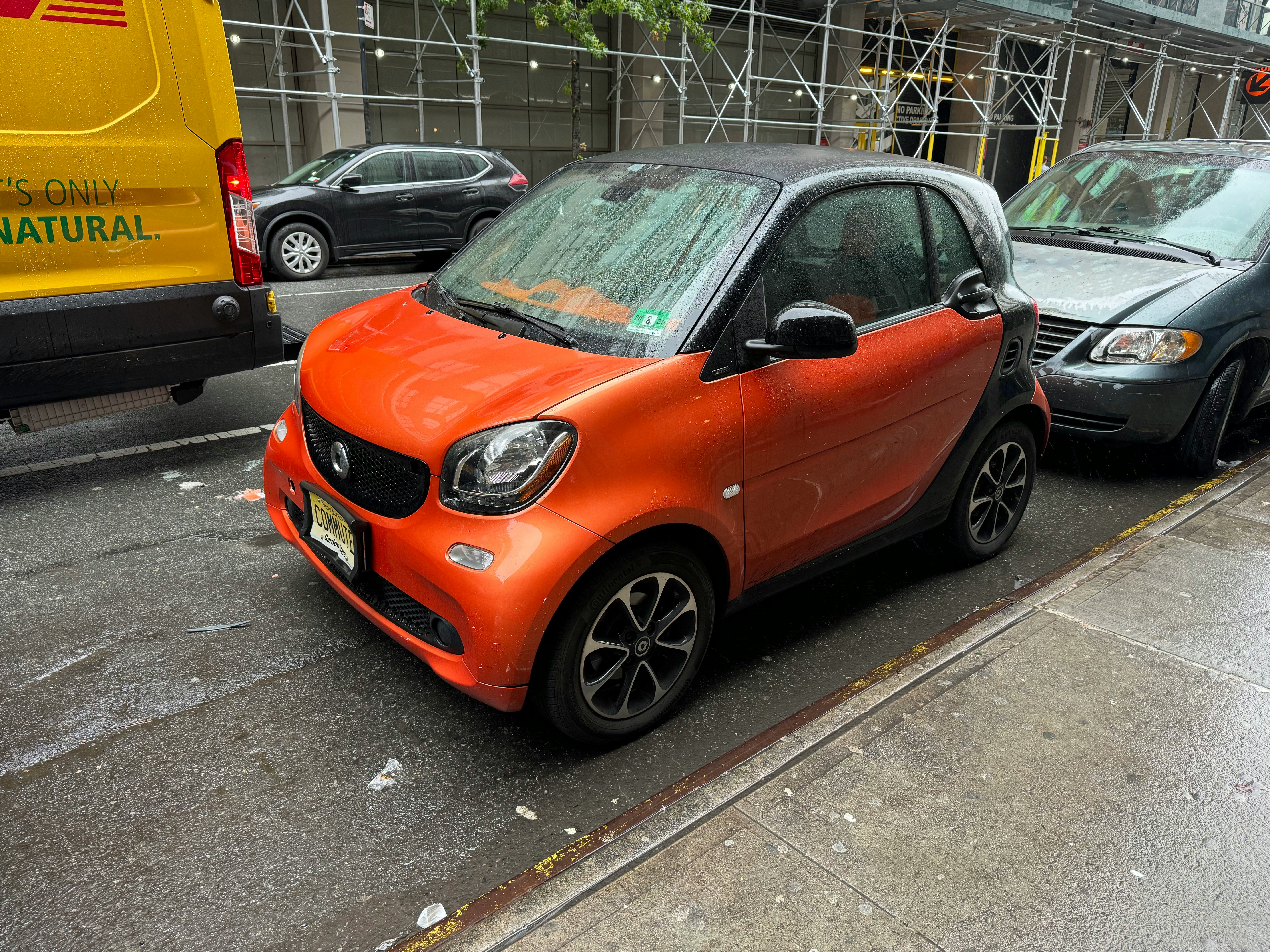
Second, the 48-megapixel sensor enables a 2x telephoto zoom lens. But wait, how is that possible when there is no third lens on the back of the iPhone? It's the same trick that Apple introduced on the iPhone 14 Pros. Instead of a physical optical telephoto lens, the 2x telephoto is a virtual one created from cropping in on the center of the 48-megapixel sensor. Photos from the 2x virtual telephoto lens have less resolution (12 megapixels) but it sure beats a 2x digital zoom from a smaller sensor. See for yourself in the comparison shots below. The digital zoom from the iPhone 14 has less contrast, more image noise, and muddier details compared to the crop-in on the 48-megapixel main cameras from the iPhone 15 series.



Third, while you can't take ProRAW photos or ProRes videos, there is an option to save photos as 48-megapixel full-resolution JPEG or HEIF files if the default 24 megapixels isn't enough for you. Since they're JPEG or HEIF files, their file sizes are not as huge as ProRAW. On average, a 24-megapixel photo is around 4-5MB in JPEG and 3MB in HEIF; a 48-megapixel photo is around twice as large in each respective format. I’m a huge sucker for megapixels because it lets me crop later.
The rest of the improvements to the cameras are almost identical to the ones in the iPhone 15 Pros. There are tons of minor upgrades including improved Night mode processing (especially for portraits), smoother continuous zoom when shooting video and using Cinematic mode, and better stabilization in Action mode.


My favorite new camera feature is the same one in the iPhone 15 Pros: portrait photos without switching to portrait mode. It works exactly the same: take a picture in regular photo mode, and if the camera detects a person's face, cat, or dog, an "f" icon will show up on the screen. After taking the shot, you can then edit the amount of background blur or adjust where you want the focus. No face, cat, or dog in the frame? No problem, just tap on the screen to capture the depth information and you can still convert it into a portrait photo later. It's really cool and easily the best new camera feature in the iPhone 15 series.
Reliable For Years to Come

I have to admit, as a "pro" iPhone user for many years, the "regular" iPhones have never been the most appealing to me. For only $200 more, why wouldn't you get a pro iPhone? This year, certainly, there are more "pro" features in the iPhone 15 Pro and 15 Pro Max to justify the extra premium.
But I get it now after setting aside my iPhone Pro superiority complex.
Most people do not need bells and whistles and won't feel like they're missing out without them. They don't care about a more premium metal; they don't care about ProMotion; and they don't care about faster data transfer speeds.
What everyone does care about is a reliable iPhone experience that will last for years down the road. That means having access to Apple-only features like iMessage and FaceTime; seamless connectivity to AirPods and iPads and Macs and Apple Watches; great battery life and cameras; and performance that won’t choke up whether you’re flipping through TikTok or playing Genshin Impact. It means conveniences like Apple Pay and AirDrop and StandBy mode in iOS 17.
The iPhone 15 and 15 Plus are not the very best iPhones Apple offers and they don’t have to be. Apple is happy for them to be reliable enough to keep you in its ecosystem and customers will be happy it “just works” without costing a small fortune.







